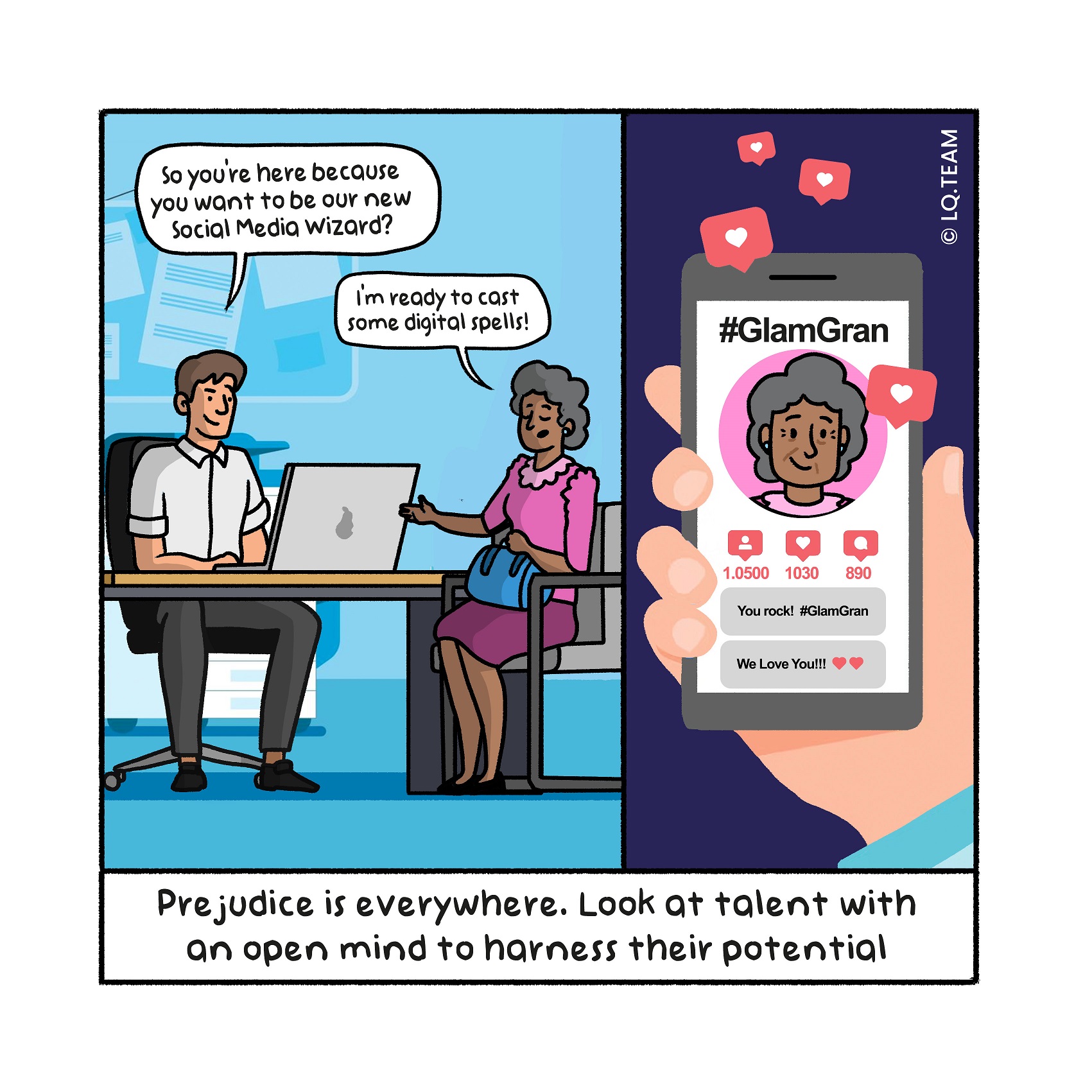
Nut to crack: How to view the capabilities of your current employees without prejudice
Prejudice is everywhere, as is bias about people’s ability or inability to learn new skills and acquire new knowledge. How do you look at people’s talent with an open mind and make maximum use of the potential already present in the organisation?
Nutcracker: Talent for what?
Talent is not a quality, but is related to the future role to be fulfilled. The fol- lowing formula shows this schematically:15
Talent = the current capabilities of an individual set against the future role requirements × the ability of an individual to grow
“Talent” should be defined pragmatically as the individual’s current capabili- ties in the context of their future role requirements, multiplied by that individ- ual’s capacity to grow.
If you want to make a statement about the potential of individuals in the or- ganisation, this requires insight into two things:
- The requirements for roles and how individuals’ capabilities match these
- Individuals’ ability to grow
Growth factors are: breadth of perspective, eagerness to learn, understand- ing of self and others, and personal maturity. This was discussed earlier, in Challenge 10.
By systematically addressing these two topics and opening them up for dis- cussion with the individuals in question, the individual and the organisation can take responsibility for realising the optimal match between person and role, now and in the future.
Real-life example: Age is not a dominant factor
A retail bank initiates a reorganisation, and the works council is watching with suspi cion. All employees must reapply for a new or changed job, and there are fewer jobs available than before. The works council fears for the older employees because, in the eyes of the works council, they have a disadvantage in the application process. And if these employees are left out, it will be more difficult for them to find a job elsewhere. Management takes this concern seriously and therefore commits to analysing the pop ulation who will lose their job and those who will find new work internally before formal appointments are made. This will enable them, together with the works council, to take corrective measures should the approach indeed have an unintended discriminatory effect on older employees.
Before long, the preliminary results of the selection process are obtained. Some people indicate they want to leave voluntarily, and some have failed to pass the selection pro cess and will therefore lose their job. However, a new position is on the cards for the vast majority; in many cases, it is a different position than before the reorganisation. Each of these subgroups is examined. This research shows that age is not a differenti ating factor. What does differentiate them is their attitude, which proves independent of age.
Tip for change leader
Spend sufficient time in a change process to map out the altered requirements for roles and functions, even if it is not formally an organisational change process. When the strategy changes, processes change, or a culture transformation is planned, this places different demands on roles and, therefore, on people.
Tip for change enabler
Facilitate conversations with employees in the organisation, in which they learn to reflect honestly on their talents and how these fit the organisational needs at the time. The higher the degree of honesty of the conversations and the level of realistic selfimage, the easier a winwin match can be achieved, today and in the future.
Kernel: Talent can only be seen contextually
Talent is not a general characteristic. An individual’s talent is role-dependent and dependent on their growth capacity. By looking at these two ingredients in an unbiased manner and steering on those variables together with employ- ees, you maximise the potential in the organisation.
